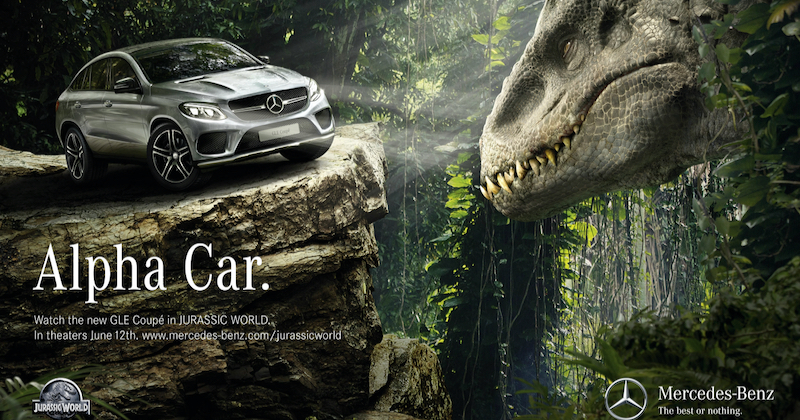
When “Jurassic Park” approached theatrical release in June 1993, distributor Universal Pictures set a new high in licensed merchandise, lining up 1,000 different categories of products locked up by 100 companies.
Director Steven Spielberg and a then lofty $70 million production with cutting edge special effects let the studio make this proposition: the film would virtually own the dinosaur category.
“We think ‘Jurassic Park’ products will make all other ‘dinosaur’ products extinct,”’ mused Sidney Kaufman, then president of MCA/Universal Merchandising, told the author of “Marketing to Moviegoers” at the time. The licenses covered 1,000 products ranging from children’s shoes to video games to posters. The logo presenting stylized roaring dinosaur head became a world-recognized icon.
Because of lengthy preproduction required for the film’s special effects, Universal had two years — an unusually long lead time — to set up merchandising deals. At the Toy Fair market in New York City, Universal held gathering of 1,200 retailers and licensees amid dinosaur skeletons at New York’s Museum of Natural History in February 1993 to stoke enthusiasm months before the film’s release.
The 100 licensee companies involved in “Jurassic Park” was double the number of merchandising outfits associated with earlier blockbusters. For example, Walt Disney Studios’ “Who Framed Roger Rabbit” – which is another Spielberg film — had about 40 companies churning out licensed products in 600 categories. Warner Bros. reportedly lined up 24 companies for several hundred categories of licensed products for “Batman” in 1989.
In general, royalties paid for licensed movie merchandise run 3-20% of wholesale revenue (as a rule of thumb, wholesale is half of retail consumer spend), though most deals fall in the 5-10% range. “Typically, the merchandising company makes an upfront payment that is an advance, which is deducted from future royalty obligations,” notes the book “Marketing to Moviegoers.”
Related content:
Leave a Reply